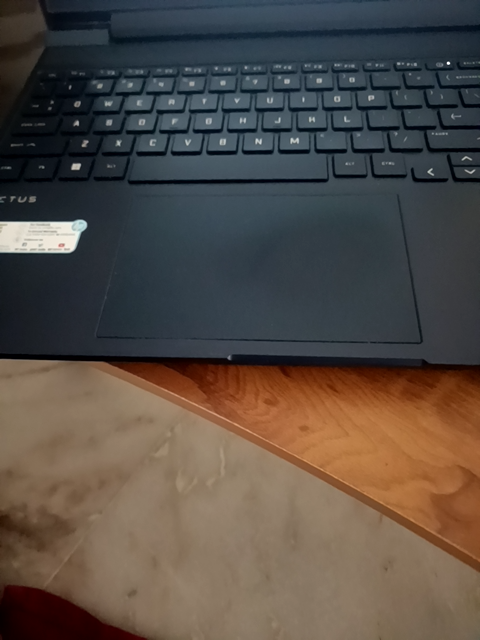Fix a Non-Responsive Laptop Trackpad: A Budget-Friendly DIY Guide
Description of Issue:
The user reports that their laptop trackpad is not working, and they suspect a software-related issue since the hardware appears to be intact. The provided image shows a laptop with a black trackpad, presumably not responding to touch inputs. The user’s description states: "My laptop trackpad is not working.. As I can see the hardware is good looks like some software related issue. How can I fix it?". The likely cause is a software glitch or misconfiguration, given that the hardware seems unaffected. It’s essential to address this issue promptly, as a non-functional trackpad can significantly hinder laptop usability. This guide will walk you through a simple, cost-effective DIY repair process.
Overview:
This guide provides a step-by-step approach to fixing a non-responsive laptop trackpad, focusing on software troubleshooting. The process is designed to be quick, easy, and budget-friendly, requiring minimal technical expertise.
- Time to Complete: 15–30 minutes
- Skill Level: Beginner, no prior repair experience needed
- Prerequisites: A clean workspace, basic household items (e.g., a mouse for temporary navigation)
- Expected Outcome: A functional trackpad with no need for expensive professional repair
- General Safety Precautions: Ensure your laptop is powered off during hardware checks and work in a well-lit area.
Tools and Materials Required:
- None. This repair focuses on software troubleshooting, so no additional tools or materials are necessary beyond a basic understanding of your laptop’s operating system.
Step-by-Step Repair Guide:
- Restart Your Laptop: Sometimes, a simple reboot can resolve software glitches.
- Check Trackpad Settings:
- Ensure the trackpad is enabled. For Windows, go to Settings > Devices > Touchpad. For macOS, go to System Preferences > Trackpad.
- Verify that the trackpad is not disabled due to a keyboard shortcut (common combinations include Fn + F5 or Fn + F6).
- Update Drivers:
- For Windows: Open Device Manager, locate the Mice and other pointing devices section, right-click on the trackpad driver, and select Update driver.
- For macOS: Ensure your system is up-to-date by checking for Software Updates in System Preferences.
- Disable and Re-enable the Trackpad:
- In Device Manager (Windows) or System Preferences (macOS), disable the trackpad, wait a few seconds, and re-enable it.
- Run a Virus Scan: Malware can cause erratic behavior. Run a quick scan using your antivirus software.
- Perform a System Restore: If the issue started recently, restore your system to a previous point when the trackpad was working.
- Check for Physical Obstructions: Ensure no debris or liquids are interfering with the trackpad.
Estimated Cost:
- Materials/Tools: $0 (using built-in system tools)
- Total Estimated Cost: $0
Tips and Warnings:
- Regularly update your operating system and drivers to prevent future issues.
- Avoid using liquids or abrasive materials near the trackpad to prevent damage.
- If these steps don’t resolve the issue, consider seeking professional help, as there might be a hardware fault not immediately apparent.
Additional Engagement Elements:
FAQ:
- Q: Can I use an external mouse while troubleshooting?
A: Yes, an external mouse can help you navigate and perform steps if the trackpad isn’t working.
- Q: What if my trackpad starts working intermittently?
A: Intermittent issues might indicate a loose connection or driver conflict. Ensure all software is updated and consider consulting a professional.
- Q: Are there any risks in disabling and re-enabling the trackpad?
A: No, this is a safe troubleshooting step with no risk of data loss or hardware damage.
This guide prioritizes a DIY approach, focusing on software fixes that are affordable and straightforward, ensuring you can restore your laptop’s trackpad functionality without incurring unnecessary costs.





